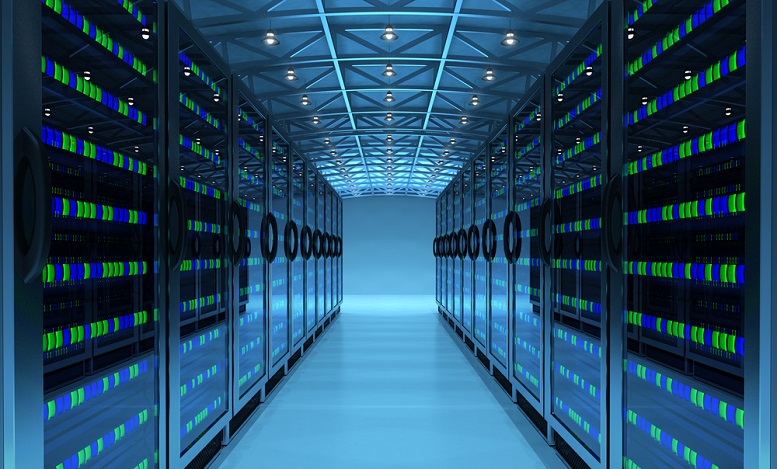If you’re among the fewer and fewer organizations still running Windows Server 2003, you certainly must know that there’s a platform migration in your immediate future. No point in putting it off any longer, it has to be done – and soon!
I talk to countless people about this, and I understand that it can be difficult to overcome inertia, and some people might even be unsure where to start. Another consideration might be how to make sure your migration is being done right.
But the good news is our experts can help you with tips and resources to assist every stage of the way. Although every migration has its own set of unique challenges, read on for a reliable checklist to get the planning process rolling.
Step 1: Assess your current situation – Gain an understanding of your environment as it exists now to help determine which applications and workloads are running on Windows Server 2003. Categorize them according to type of app or workload, their importance to your business, and their complexity and risk (low, medium, or high). Determine which ones you can replace more cost-effectively with standardized service offerings. There’s a lot to cover, but Connection and Intel can help you get started with initial assessment by taking our FREE Windows Server 2003 Assessment.
Step 2: Choose your target destinations – Determine the best place to host each application and workload. Some might be more suited to host in a public cloud. On the other hand, if it’s a stable or sensitive workload, it should probably be kept private in the data center. If that’s the case, you might want to start planning for a hardware upgrade (see Step 3). To assist with this phase, Connection and Intel can help determine the best options for your organization.
Step 3: Upgrade your data center assets – To gain maximum performance and security benefits as you migrate to Windows Server 2012 R2, it makes good sense to upgrade to servers based on the Intel® Xeon® processor E5 v3 family. The latest generation of Intel®-based servers enable you to take advantage of virtualization, data analytics, and other modern technologies. You’ll also benefit from security features that help protect sensitive data.
Step 4: Migrate and launch – You’ve laid the groundwork and made the right choices. Now it’s time to upgrade your server platform and migrate your existing workloads. For organizations that take a DIY approach to platform migration, we offer an assortment of support resources with the training and experience to guide you every step of the way.
Just take it step by step, and don’t hesitate to ask for help along the way. The end result will be a future-proof data center with a performance bonus that’ll make your efforts all worthwhile. Get started with Windows Server 2012 R2 to take full advantage of:
• New levels of performance and efficiency
• Simplified management
• Comprehensive virtualization capabilities
• The latest disaster recovery and business continuity features
• Energy and space savings through reduced server footprints
With the end of support date for Windows Server 2003 fast approaching, there’s never been a better time to plan your data center transformation. Our experts have designed this helpful tool to get you started on the right upgrade path for your unique environment, applications, and workloads.

